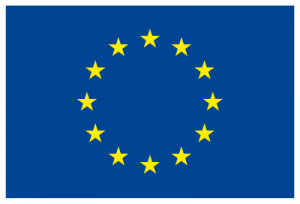The notion of ‘identity’ is generally used to describe how a person defines him or herself as an individual or in relation to a group or community. It is the response to the question ‘Who am I?’ when posed for an individual or ‘Who are we?’ when directed at a group. When used to describe groups, the term denotes similarities among those deemed to share particular traits within the group or community, whether an ethnic, gendered or sub-cultural community, and is understood in opposition to others regarded as different.
While the notion of ‘identity’ has for a long time been utilised in the sense of meaning who a person is or to describe a trait or set of traits characterising an individual or a group, such uses have received significant criticism in recent years for being too restrictive and essentialist. More contemporary understandings of identity place an emphasis on choice, on those traits with which a person chooses to associate, therefore provoking a shift from identity to identification. In this sense identity can be multiple. One way in which individual and collective cultural identities are developed is through participation in cultural activities, aesthetic judgement and freedom of expression.

